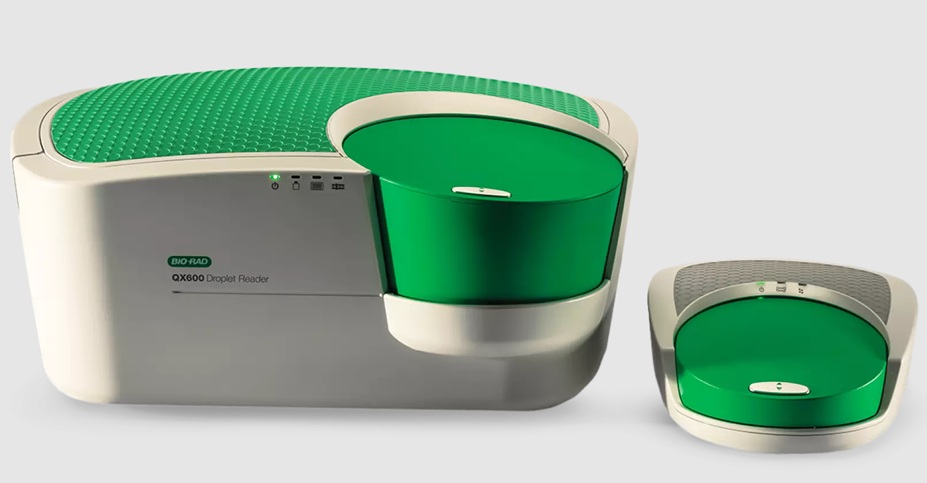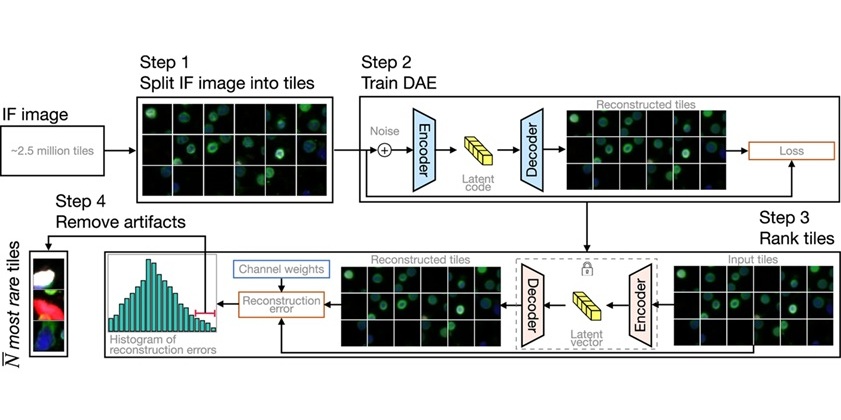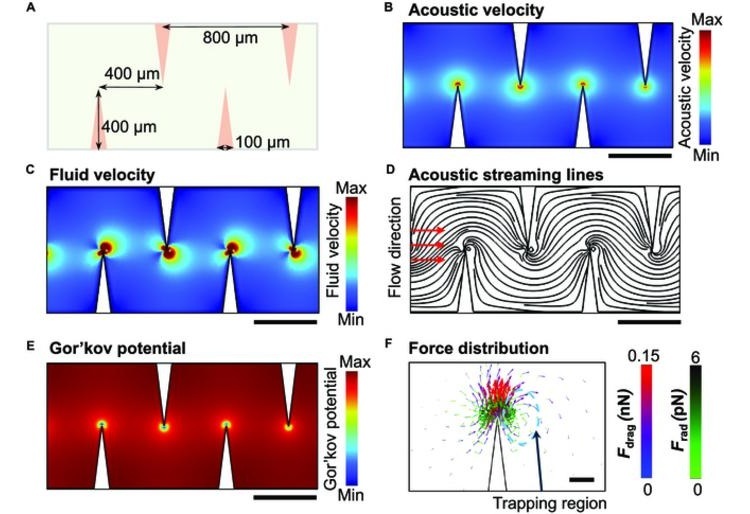Expression, Microbiome Features Provide Pre-Treatment Lung Function Clues for Pediatric Patients
|
By LabMedica International staff writers Posted on 15 Mar 2022 |
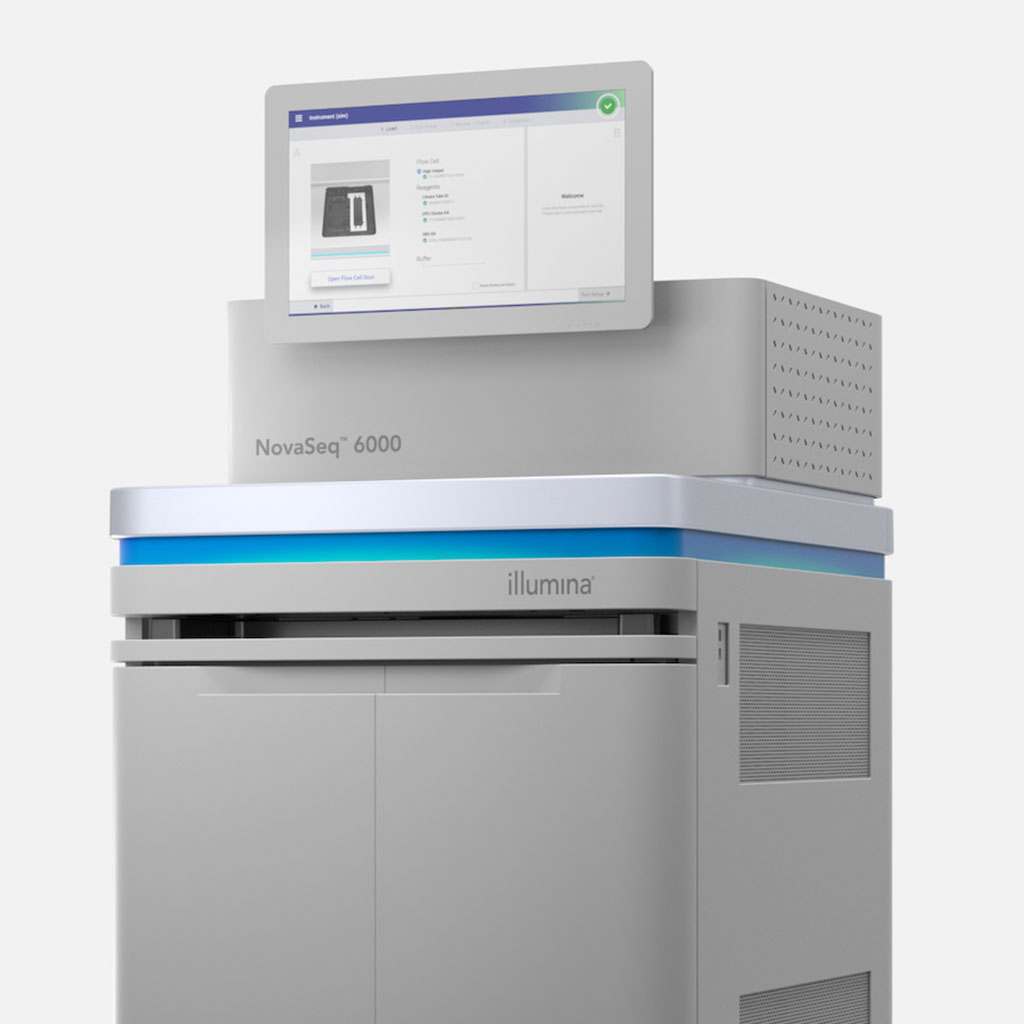
Microbial community and host gene expression features in lung samples may provide pre-treatment clues to risky lung function features in children receiving bone marrow transplants from healthy donor individuals.
Impaired baseline lung function is associated with mortality after pediatric allogeneic hematopoietic cell transplantation (HCT), yet limited knowledge of the molecular pathways that characterize pre-transplant lung function has hindered the development of lung-targeted interventions.
Clinical Scientists at the University of California at San Francisco (San Francisco, CA, USA) and their colleagues used metatranscriptomic RNA sequencing to profile microbiome and host gene expression features in bronchoalveolar lavage samples collected from 104 children in the Netherlands in roughly the week or two leading up to their allogeneic HCT treatments, comparing those patterns with results from matched pulmonary function tests. Sample RNA was combined with control spike-in RNA and underwent reverse transcription, library preparation, and 125-nucleotide paired-end sequencing on a NovaSeq 6000 instrument (Illumina, San Diego, CA, USA) to a target depth of 40 million read pairs per sample.
Among the 54 children showing signs of pulmonary restriction, impaired oxygen diffusion, lung capacity, or other altered pulmonary functions based on Global Lung Index cutoff scores, the team saw an overrepresentation of Staphylococcus and other skin or nasal passage-related microbes, but lower-than-usual levels of commensal microbes that are typically detected in the supraglottic region of the throat.
Depletion of commensal supraglottic taxa, such as Haemophilus, and enrichment of nasal and skin taxa, such as Staphylococcus, in the bronchoalveolar lavage (BAL) microbiome were associated with worse measures of lung capacity and gas diffusion. In addition, BAL gene expression signatures of alveolar epithelial activation, epithelial-mesenchymal transition, and down-regulated immunity were associated with impaired lung capacity and diffusion, suggesting a post-injury profibrotic response. Detection of microbial depletion and abnormal epithelial gene expression in BAL enhanced the prognostic utility of pre-HCT pulmonary function tests for the outcome of post-HCT mortality.
Joseph DeRisi, PhD, a Molecular Biologist and a senior co-author of the study, said, “Impaired baseline lung function is associated with mortality after pediatric allogeneic hematopoietic cell transplantation (HCT), yet limited knowledge of the molecular pathways that characterize pre-transplant lung function has hindered the development of lung-targeted interventions.”
The authors concluded that among children preparing to undergo allogeneic HCT, pulmonary function testing abnormalities were common and consisted mostly of restriction and impaired diffusion. Abnormalities were associated with pulmonary microbiome depletion, profibrotic signaling, and post-HCT mortality. The study was published on March 9, 2022 in the journal Science Translational Medicine.
Related Links:
University of California at San Francisco
Illumina
Latest Molecular Diagnostics News
- New Diagnostic Marker for Ovarian Cancer to Enable Early Disease Detection

- Urine Test Detects Early Stage Pancreatic Cancer
- Genomic Test Could Reduce Lymph Node Biopsy Surgery in Melanoma Patients
- Urine Test Could Replace Painful Kidney Biopsies for Lupus Patients
- Blood Test Guides Post-Surgical Immunotherapy for Muscle-Invasive Bladder Cancer
- Mitochondrial DNA Mutations from Kidney Stressors Could Predict Future Organ Decline
- Blood Test Could Predict Bariatric Surgery Outcomes in Teenagers
- ctDNA Blood Test to Help Personalize Postsurgical Colon Cancer Treatment
- AI Powered Blood Test Predicts Suicide Risk in Bipolar Patients
- DNA Sensor Enables Molecular Detection from Single Blood Drop
- DNA-Powered Test Accurately Detects E. Coli Lookalike Bacteria
- World’s Fastest DNA Sequencing Technique to Revolutionize NICU Genomic Care
- Blood Test Uses Cell-Free DNA to Detect ALS Faster and More Accurately
- Multi-Cancer Early Detection Blood Test Increases Cancer Detection
- Portable Label-Free Device Tracks Alzheimer's Disease in Real Time
- Liquid Biopsy Test Enables Early Detection of ICI-Related Myocarditis
Channels
Clinical Chemistry
view channel
VOCs Show Promise for Early Multi-Cancer Detection
Early cancer detection is critical to improving survival rates, but most current screening methods focus on individual cancer types and often involve invasive procedures. This makes it difficult to identify... Read more
Portable Raman Spectroscopy Offers Cost-Effective Kidney Disease Diagnosis at POC
Kidney disease is typically diagnosed through blood or urine tests, often when patients present with symptoms such as blood in urine, shortness of breath, or weight loss. While these tests are common,... Read moreHematology
view channel
ADLM’s New Coagulation Testing Guidance to Improve Care for Patients on Blood Thinners
Direct oral anticoagulants (DOACs) are one of the most common types of blood thinners. Patients take them to prevent a host of complications that could arise from blood clotting, including stroke, deep... Read more
Viscoelastic Testing Could Improve Treatment of Maternal Hemorrhage
Postpartum hemorrhage, severe bleeding after childbirth, remains one of the leading causes of maternal mortality worldwide, yet many of these deaths are preventable. Standard care can be hindered by delays... Read more
Pioneering Model Measures Radiation Exposure in Blood for Precise Cancer Treatments
Scientists have long focused on protecting organs near tumors during radiotherapy, but blood — a vital, circulating tissue — has largely been excluded from dose calculations. Each blood cell passing through... Read moreImmunology
view channel
Blood-Based Liquid Biopsy Model Analyzes Immunotherapy Effectiveness
Immunotherapy has revolutionized cancer care by harnessing the immune system to fight tumors, yet predicting who will benefit remains a major challenge. Many patients undergo costly and taxing treatment... Read more
Signature Genes Predict T-Cell Expansion in Cancer Immunotherapy
Modern cancer immunotherapies rely on the ability of CD8⁺ T cells to rapidly multiply within tumors, generating the immune force needed to eliminate cancer cells. However, the biological triggers behind... Read moreMicrobiology
view channel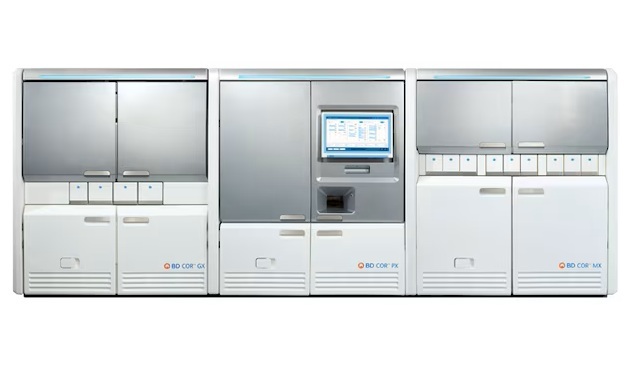
High-Throughput Enteric Panels Detect Multiple GI Bacterial Infections from Single Stool Swab Sample
Gastrointestinal (GI) infections are among the most common causes of illness worldwide, leading to over 1.7 million deaths annually and placing a heavy burden on healthcare systems. Conventional diagnostic... Read more
Fast Noninvasive Bedside Test Uses Sugar Fingerprint to Detect Fungal Infections
Candida bloodstream infections are a growing global health threat, causing an estimated 6 million cases and 3.8 million deaths annually. Hospitals are particularly vulnerable, as weakened patients after... Read morePathology
view channel
New Molecular Analysis Tool to Improve Disease Diagnosis
Accurately distinguishing between similar biomolecules such as proteins is vital for biomedical research and diagnostics, yet existing analytical tools often fail to detect subtle structural or compositional... Read more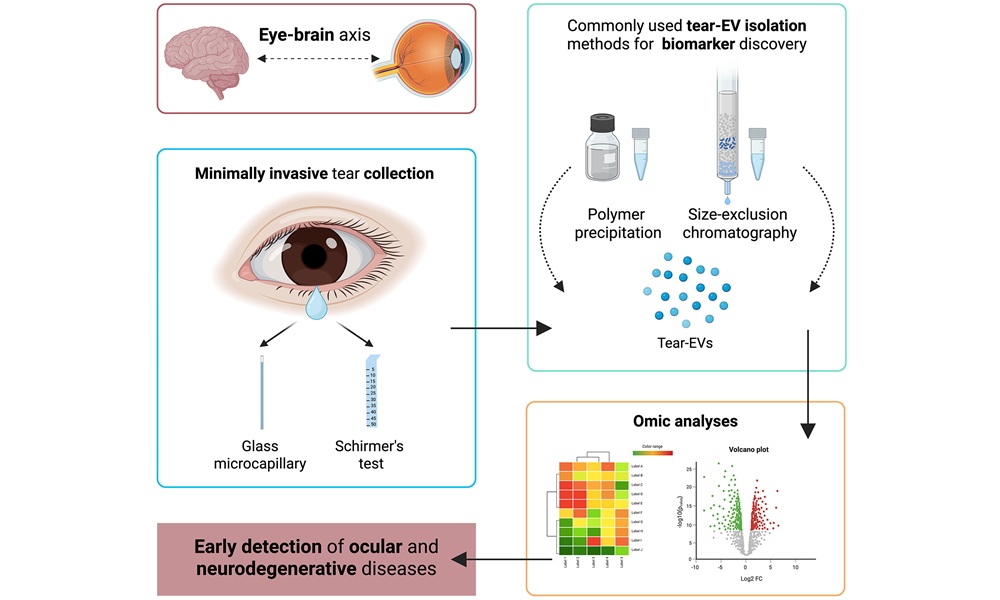
Tears Offer Noninvasive Alternative for Diagnosing Neurodegenerative Diseases
Diagnosing and monitoring eye and neurodegenerative diseases often requires invasive procedures to access ocular fluids. Ocular fluids like aqueous humor and vitreous humor contain valuable molecular information... Read moreTechnology
view channel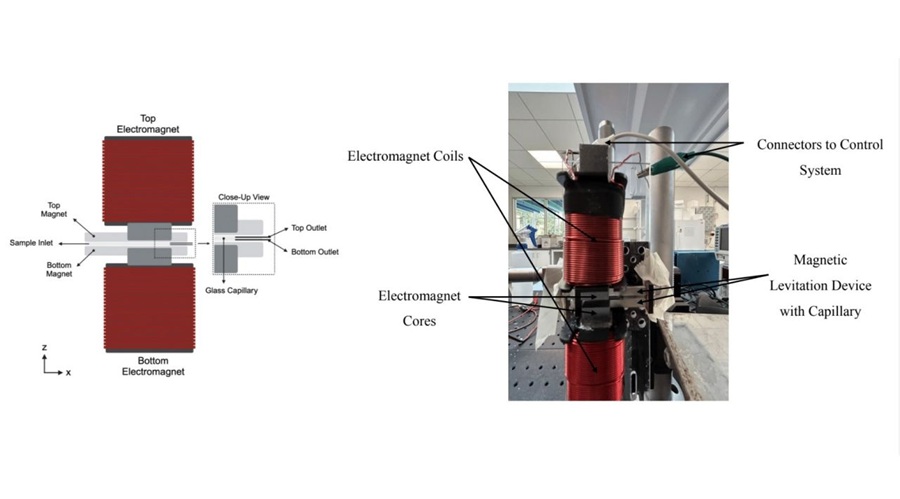
Cell-Sorting Device Uses Electromagnetic Levitation to Precisely Direct Cell Movement
Sorting different cell types—such as cancerous versus healthy or live versus dead cells—is a critical task in biology and medicine. However, conventional methods often require labeling, chemical exposure,... Read more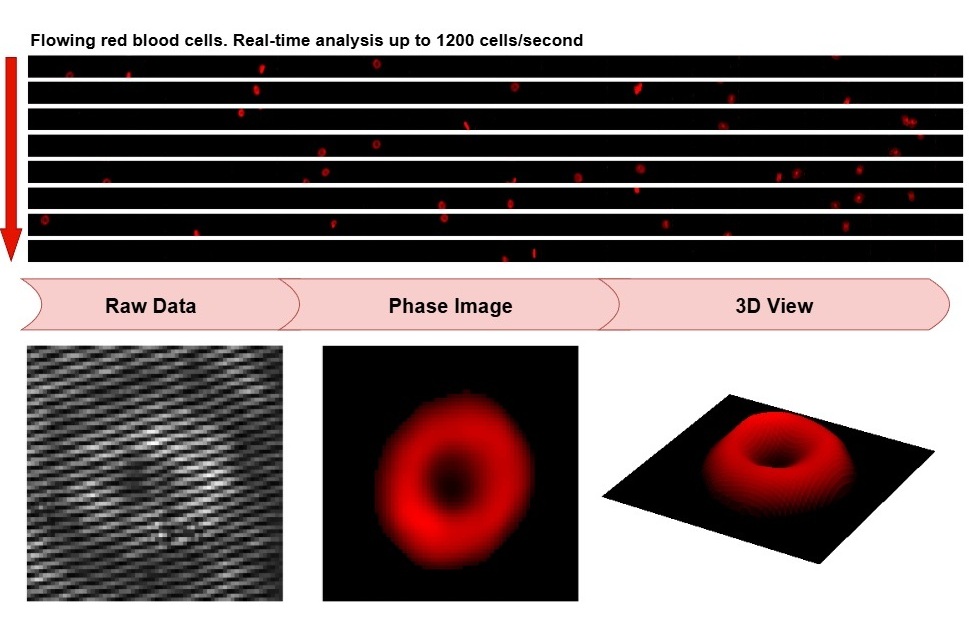
Embedded GPU Platform Enables Rapid Blood Profiling for POC Diagnostics
Blood tests remain a cornerstone of medical diagnostics, but traditional imaging and analysis methods can be slow, costly, and reliant on dyes or contrast agents. Now, scientists have developed a real-time,... Read moreIndustry
view channel
Qiagen Acquires Single-Cell Omics Firm Parse Biosciences
QIAGEN (Venlo, Netherlands) has entered into a definitive agreement to fully acquire Parse Biosciences (Seattle, WA, USA), a provider of scalable, instrument-free solutions for single-cell research.... Read more
Puritan Medical Products Showcasing Innovation at AMP2025 in Boston
Puritan Medical Products (Guilford, ME, USA), the world’s most trusted manufacturer of swabs and specimen collection devices, is set to exhibit at AMP2025 in Boston, Massachusetts, from November 11–15.... Read more
Advanced Instruments Merged Under Nova Biomedical Name
Advanced Instruments (Norwood, MA, USA) and Nova Biomedical (Waltham, MA, USA) are now officially doing business under a single, unified brand. This transformation is expected to deliver greater value... Read more